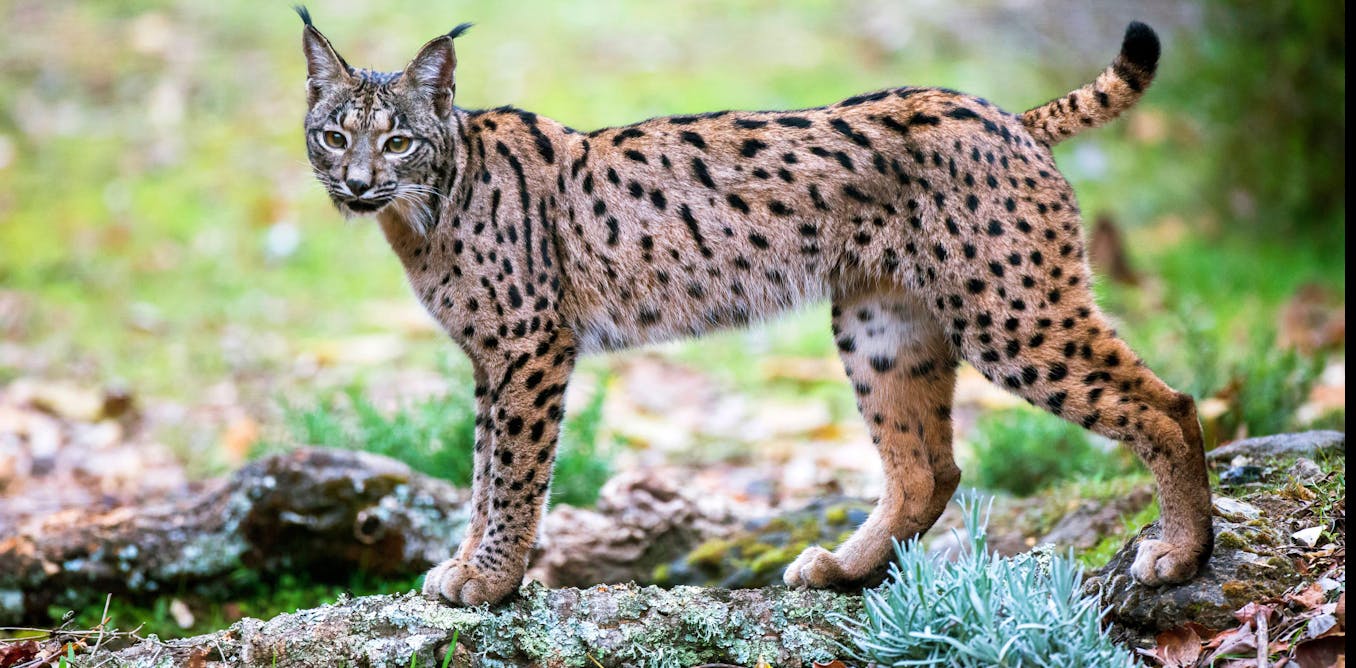Many large mammals have lost genetic diversity, often thanks to the actions of people shrinking their populations. The implications can be severe because without genetic diversity, a population does not have a “genetic database” to fall back on to adapt to environmental change.
The Iberian lynx (Lynx pardinus) is no stranger to this reduction in diversity. Human activity has driven populations to dangerously low numbers, leaving them with a shrinking genetic pool. This loss threatens the lynx’s ability to adapt to changing environments, putting their survival at risk.
Our team’s research reveals how the Iberian lynx interbred with its cousin, the Eurasian lynx (Lynx lynx) over the past few thousand years. This mingling may have boosted the Iberian lynx’s genetic diversity. This is a crucial factor for its survival, especially as the species faces such an uncertain future.
Low genetic diversity can lead to “inbreeding depression”, where closely related animals breed and produce offspring that are less fit for survival. In extreme cases, this can push entire populations, or even species, to the brink of extinction.
…Working together, our team successfully extracted nuclear DNA from three ancient Iberian lynx specimens. Two of these were approximately 2,500 years old. The third dated back more than 4,000 years. This marked the first time nuclear DNA had ever been retrieved from ancient Iberian lynx. Maria’s achievement has significantly advanced our understanding of how the genetic makeup of the Iberian lynx has evolved over thousands of years.
Our team analysed and compared the DNA with that of modern Iberian lynx. To our surprise, the ancient lynx showed even lower genetic diversity than their modern descendants. Given the sharp decline in their populations over the past few centuries, this finding was both unexpected and puzzling.


